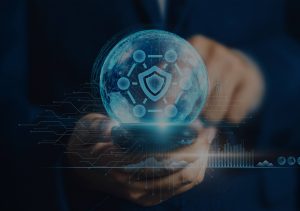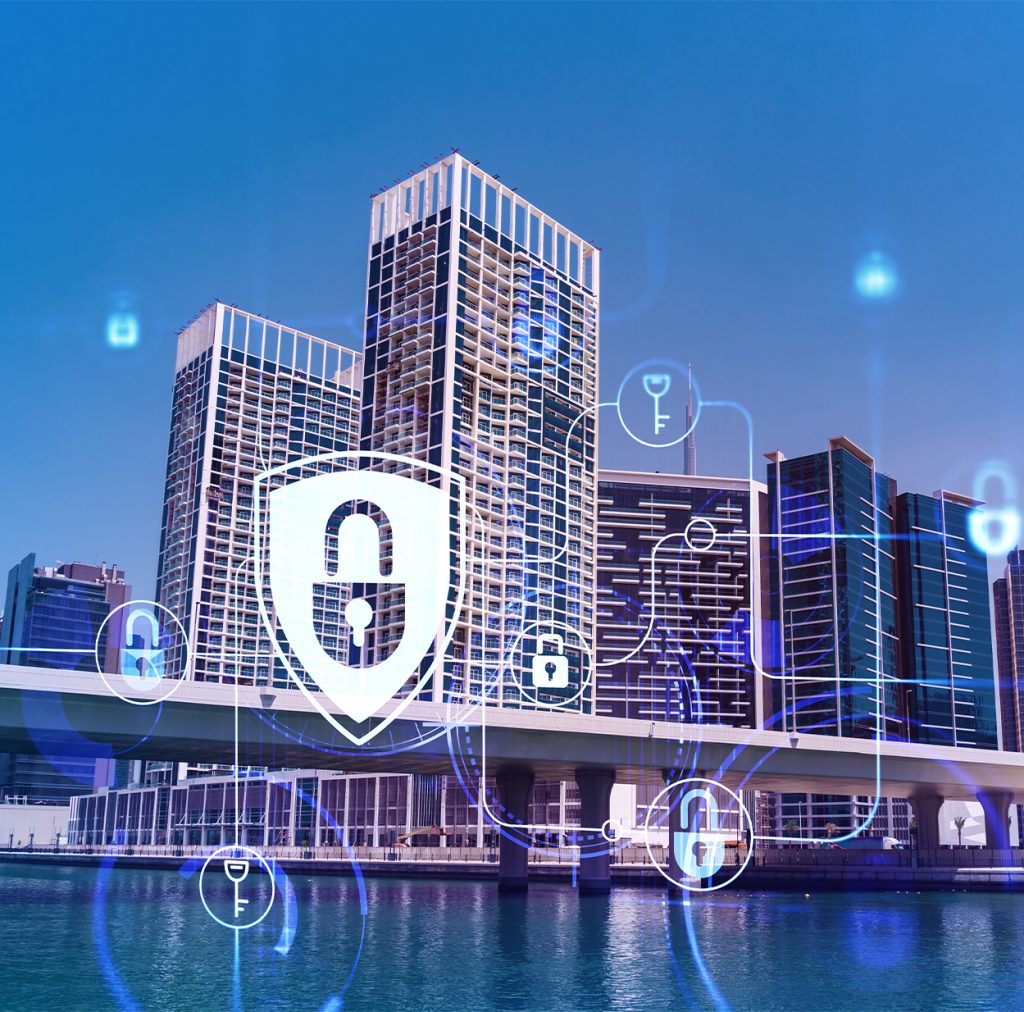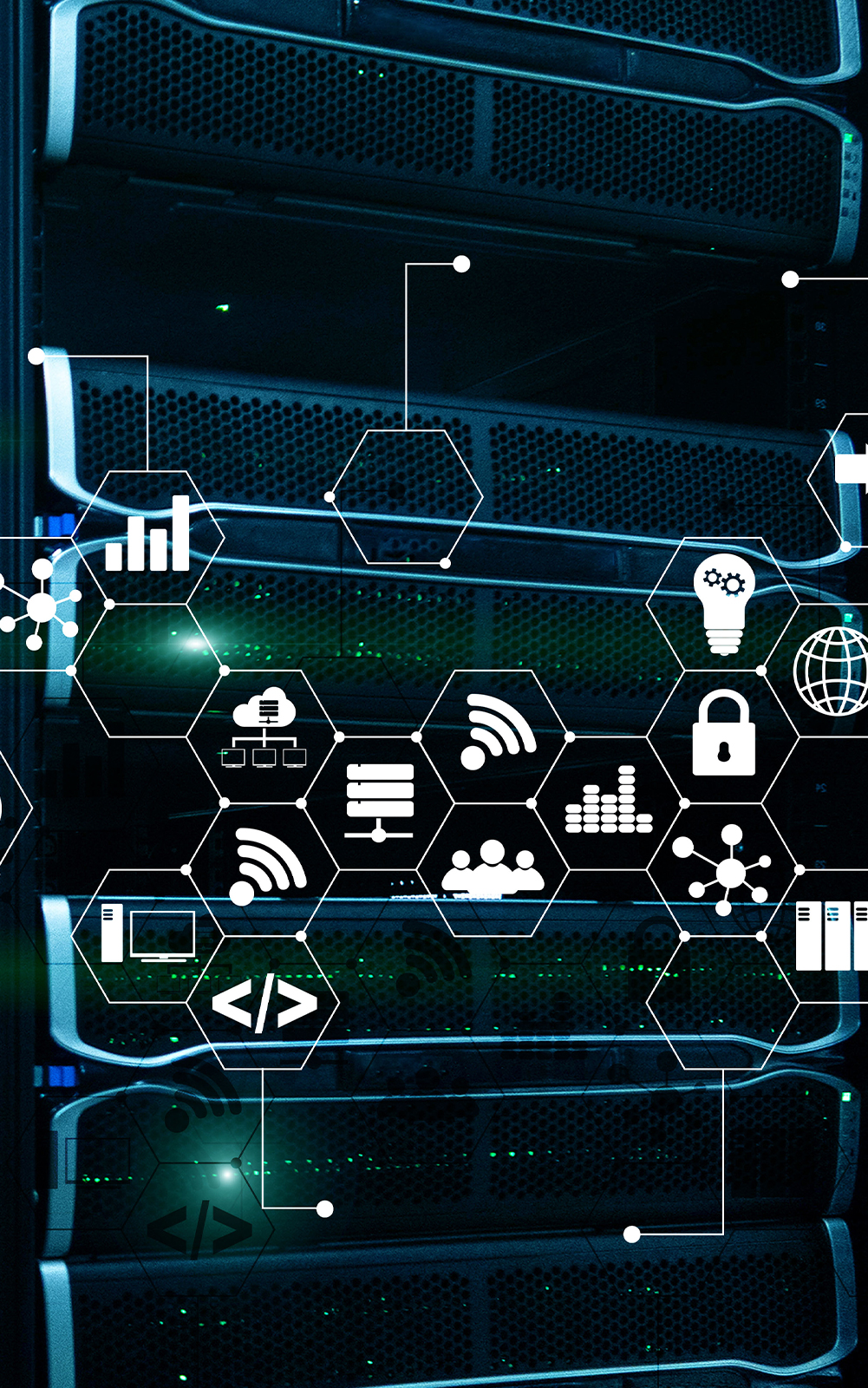
Menu
The IT and cybersecurity landscapes are undergoing a profound transformation driven by automation. This powerful approach revolutionizes how organizations manage their systems, protect their data, and respond to evolving threats.
The primary goal of IT infrastructure automation is to streamline and optimize IT operations by reducing manual efforts, minimizing human error, and enhancing efficiency. Automation aims to simplify and accelerate repetitive and time-consuming tasks associated with managing and maintaining IT infrastructure components. By automating processes such as provisioning hardware, deploying software, configuring networks, and monitoring systems, an organization can achieve several objectives.
Experience improved resource allocation, heightened security protocols, and a more agile response to dynamic technological landscapes, positioning your enterprise for sustained success in the digital age.


On November 14th, ThreatQuotient published its cybersecurity automation report titled “The State of Cybersecurity Automation Adoption 2023.” This marks the third annual survey aimed at gauging perspectives on the advancement of cybersecurity automation, highlighting its principal applications, and addressing associated challenges.
In addition to tracking evolving trends, this year’s study delved into broader issues. These included the essential features sought by cybersecurity professionals in automation solutions, considerations related to the well-being of cybersecurity teams, and strategies for enhancement.
Drawing on survey responses from 750 senior cybersecurity professionals across various industries in the UK, US, and Australia, the global research report scrutinizes the factors driving and hindering the implementation of cybersecurity automation.
The findings underscore a heightened significance of automation in the current year compared to 2022. A noteworthy 75% of respondents now affirm the importance of cybersecurity automation, reflecting a rise from the 68% recorded the previous year. Furthermore, more respondents are incorporating automation into key facets of their cybersecurity programs compared to the prior year.
Specifically, there is a marked increase in the use of automation for alert triage, with 30% adoption compared to 18% in 2022. Automation for vulnerability management has also experienced a 5% uptick, and in 2023, phishing analysis emerged as the most prevalent use case for automation, embraced by 31% of respondents.

Today, many employees and leaders view automation as a complementary approach. More than 90% of workers recently surveyed said automation solutions increased their productivity, and 85% said these tools boosted collaboration across their teams. Nearly 90% also said they trusted automation solutions to get more done without errors and help them make decisions faster.
Vonage, a global leader in cloud communications, sought to unify and automate how its workforce and systems work together to help accelerate growth. Vonage used automation technologies to consolidate customer data, making it easier and faster for sales teams to understand the needs of customers and prospects.
Automation technologies enabled Vonage to simplify quote creation and management, cutting account/phone provisioning time from four days to just minutes, while also reducing the risk of human error.
The use of artificial intelligence (AI) and automation technologies are transforming the healthcare industry by reducing the reliance on repetitive and manual tasks that prevent healthcare workers from focusing on higher-value activities. According to McKinsey, 33% of healthcare providers’ tasks are likely to be automated, which can reduce costs and improve healthcare affordability.
Anticipating sufficient employment opportunities in 2030 across various scenarios, the substantial transformations accompanying the adoption of automation and artificial intelligence (AI) will be noteworthy. The composition of occupations is poised to change, necessitating adjustments in skills and educational prerequisites. The redesign of work is imperative to ensure optimal collaboration between humans and machines. Thriving in the future workplace will require workers to acquire distinct skill sets. Automation is expected to expedite the evolution of essential workforce skills witnessed over the past 15 years. There will be a notable surge in demand for advanced technological skills, including programming.

In conclusion, automation presents a significant opportunity for IT and cybersecurity companies to enhance efficiency, bolster security, and achieve greater data-driven insights. While navigating the challenges associated with a reduced workforce and evolving skill requirements is critical, embracing automation as an approach to augment human capabilities will ultimately empower organizations to thrive in the ever-evolving world of IT and cybersecurity.
Sign Up and Never Miss Out on What We’re Up To